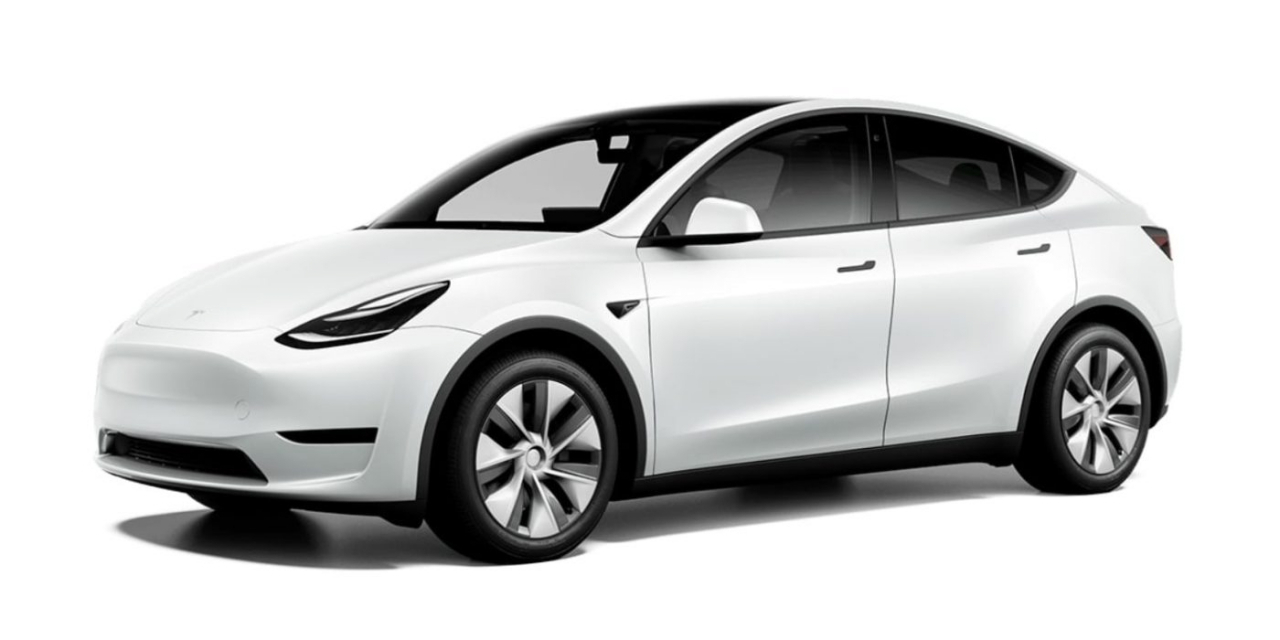 |
Tesla launched a Model Y model with a Chinese-made LFP battery in Korea last September for 56.9 million won ($42,600), about 20 million won cheaper than the US original model. (Tesla) |
The South Korean government is carrying out a strategy to boost the price competitiveness of electric vehicles from domestic automakers with a revised EV subsidy policy for this year.
It is seen as a response to aggressive pricing strategies of Chinese automakers and models equipped with Chinese batteries, such as the Tesla Model Y, which utilizes cost-efficient lithium iron phosphate batteries from China's CATL. These models are becoming increasingly pervasive due to their affordability.
Chinese automaker BYD eclipsed Tesla in global EV sales last year.
"Tesla dropping prices last year, coupled with the rise of BYD, kicked off a price war in the global EV market. Now that we're moving past the early adopters, hitting the right price point for the broader market is critical," said Yang Jin-soo, who heads the auto industry unit at Hyundai Motor Group's Business Research Center.
What’s exactly new with the EV subsidies?
Korea's latest revision sets the maximum grant at about 6.5 million won ($4,800), a 300,000 won cut from the previous year. Eligibility hinges on three major factors among others: the vehicle's price, its range, and the type of battery it uses.
The most notable change of the revision, announced on Feb. 6, is to significantly reduce subsidies for EVs with lower-performance batteries, like the Chinese-made LFP batteries in Tesla's Model Y, while preserving subsidies for Hyundai and Kia's domestic EVs, favoring those with high-performance and recyclable nickel-cobalt-manganese batteries.
Other than battery types, to qualify for the full subsidy, an EV's purchase price must be below about $41,000, down from last year's cap of approximately $43,000. Tesla Model Y's pricing in Korea last year was set just below the cutoff.
The program also prefers vehicles that can travel over 400 kilometers on a single charge, now significantly penalizing those that do not meet this benchmark. Tesla Model Y, specifically the rear wheel drive model, has a range of 350 km certified in Korea.
Why target EVs with lower-performance batteries?
Last year, Tesla's introduction of a more affordable Model Y in Korea, featuring the LFP battery, made a splash in the domestic EV market. By slashing prices by over 20 million won ($16,000) compared to other variants with costlier battery systems, Tesla saw its September domestic sales soar by nearly 876 percent, capturing almost 10 percent of Korea's entire 2023 EV market in just four months.
Critics have argued that Tesla, leveraging subsidies meant to boost domestic EV adoption, is benefiting at the expense of Korean taxpayers. The government's subsidy granted last year for Tesla's Model Y alone is estimated at around $24 million.
Which EV models' subsidies are changing and how?
Hyundai and Kia will see their subsidy levels for most EVs unchanged. The Hyundai Ioniq 5 and Kia EV6 Long Range, with ranges of 458 and 475 kilometers respectively, are priced at approximately $38,000 and $36,000, well below the price cap.
For the range, despite not reaching the 500-kilometer benchmark, they benefit from high-density NCM batteries. EVs with these batteries could earn up to $1,300 more subsidies than EVs with batteries of lower energy density and recyclability.
Tesla's Model Y, which was eligible for full subsidies last year at around $42,000, has been price adjusted on Thursday to about $41,000 to align with the 2024 EV reform plan. Similarly, Polestar and Volkswagen have reduced the prices of their similarly priced EV models this week to remain competitive.
Still, factoring all these new standards among others that disadvantage Tesla, the Tesla Model Y can face a total subsidy gap of more than $2,800 compared to the Hyundai Ioniq 5.
Is the revision overly protectionist?
This policy shift has sparked speculation over its protectionist nature and effectiveness.
"This policy seems more like a band-aid for sales without really pushing for innovation. By penalizing more for cheaper battery types, we could end up only with expensive EVs that hinder mass adoption," said professor Park Chul-wan, a member of the Presidential Commission on 2050 Carbon Neutrality and Green Growth.
However, this strategy does reflect broader international actions, such as the European Commission's probe into unfair state subsidies for Chinese-made EVs and the Biden administration's efforts to limit Chinese participation in the US EV and battery sectors.
"I think this policy is mild compared to actions taken by other leading countries. The US, for instance, has adopted overtly protectionist measures in recent years. The competitive pricing of Chinese EVs and batteries, reportedly bolstered by government subsidies, presents a challenge that's hard to beat," said Lee Hang-koo, director of the Jeonbuk Institute of Automotive Convergence Technology.
"Yes, consumers may not appreciate these changes. But given Korea's dependency on exports, I believe the government ought to do more to enhance the competitiveness of domestic automakers. With BYD launching its EVs in Korea this year, the influx of highly affordable models could leave Korean economy at an irreversible disadvantage," he added.







![[Today’s K-pop] Blackpink’s Jennie, Lisa invited to Coachella as solo acts](http://res.heraldm.com/phpwas/restmb_idxmake.php?idx=644&simg=/content/image/2024/11/21/20241121050099_0.jpg)